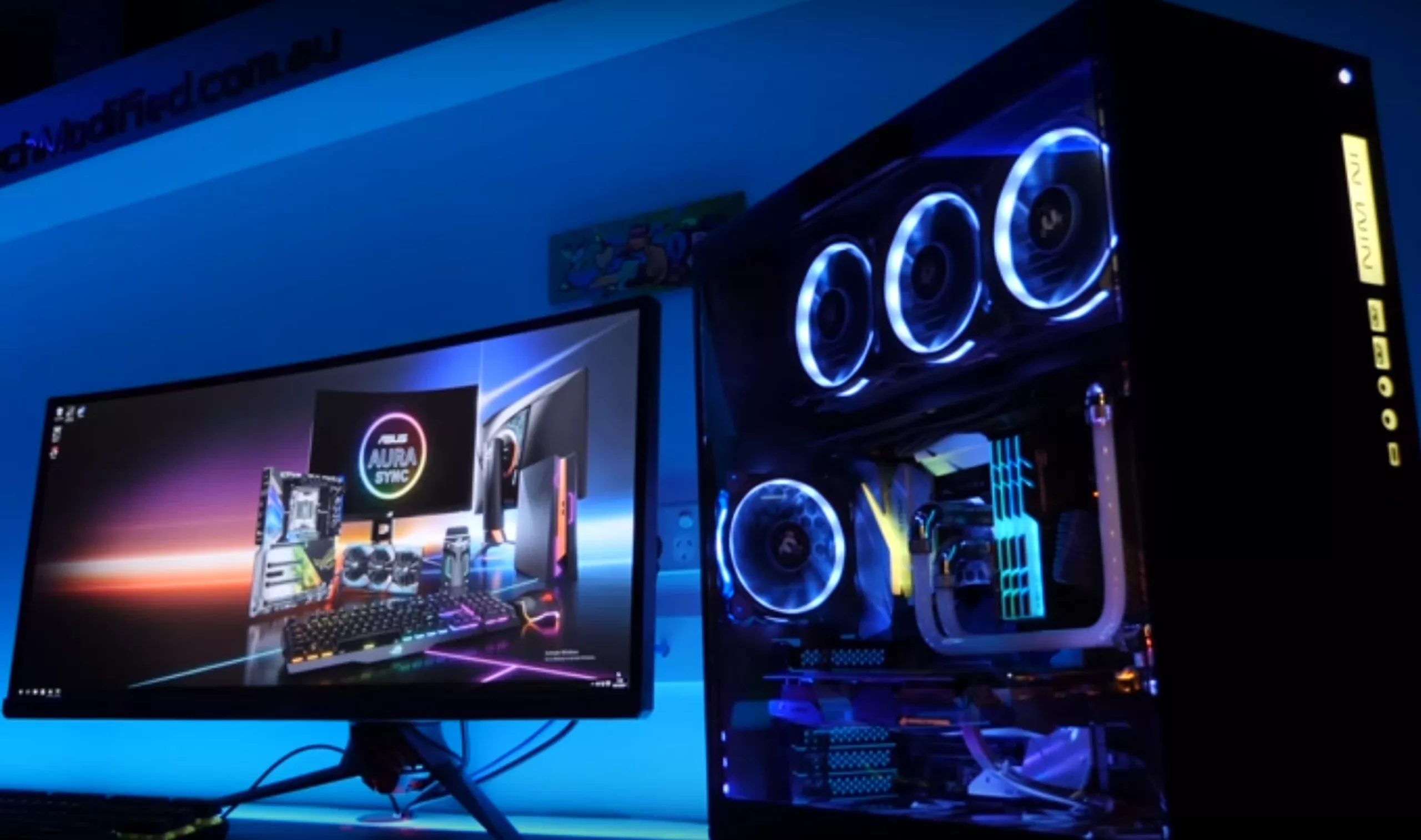Tech News
New Asus beta BIOS adds support for Windows RGB controls

Why it matters: Microsoft introduced unified RGB lighting controls in Windows 11 last year, but the list of officially supported devices has been limited, with no support for motherboards. A new beta BIOS from Asus now allows users to control RGB lights on their latest motherboards without needing vendor-provided software like Armory Crate.
A recent Asus beta BIOS update adds support for Windows 11’s native RGB controls on newer motherboard models, making it easier to configure or disable lighting on hardware components.
While the specific motherboards receiving the update are not yet clear, The Verge has confirmed compatibility with the latest Intel Z790 models and some newer AMD boards. Users can check for beta firmware versions dated July 2024 or later on the Asus website by searching for their motherboard’s model number in the support section.
ASUS’ latest beta BIOS updates for its newest AMD and Intel boards enables Microsoft’s Dynamic Lighting feature in Windows 11, so you can control the motherboard lighting directly in Windows pic.twitter.com/e34Vk1ExkH
– Tom Warren (@tomwarren) July 7, 2024
Traditionally, controlling RGB lights in hardware components required accessing the BIOS or using specialized software like Armory Crate. With Windows 11, Microsoft moved these controls to the settings menu, potentially eliminating the need for additional apps or reboots.
However, hardware vendors must update their products to support Windows controls. Currently, only a few companies have introduced compatible devices, with promises from others like Acer, HP, Logitech, and SteelSeries to release compatible products in the future. Whether this will extend to components like motherboards, RAM, and GPUs remains uncertain.
Users who install the beta BIOS update can enable “Windows Dynamic Lighting” in the UEFI BIOS under LED lighting settings. After selecting “Enabled” and rebooting, users can access various controls for background lights and effects in Windows Settings > Personalization > Dynamic Lighting. Armory Crate is no longer required for these functions.
In addition to RGB controls, the beta update includes microcodes to address recent crashes affecting high-end 13th and 14th-generation Intel CPUs. While the hotfix may not resolve all issues, it improves Intel’s default voltage controls to reduce crashes. The company continues to investigate the root cause, with overclocking identified as a contributing factor, particularly during CPU-intensive tasks like shader compilation.
-

 Destination8 months ago
Destination8 months agoSingapore Airlines CEO set to join board of Air India, BA News, BA
-

 Breaking News10 months ago
Breaking News10 months agoCroatia to reintroduce compulsory military draft as regional tensions soar
-

 Gadgets3 months ago
Gadgets3 months agoSupernatural Season 16 Revival News, Cast, Plot and Release Date
-

 Tech News12 months ago
Tech News12 months agoBangladeshi police agents accused of selling citizens’ personal information on Telegram
-

 Productivity11 months ago
Productivity11 months agoHow Your Contact Center Can Become A Customer Engagement Center
-

 Gadgets3 weeks ago
Gadgets3 weeks agoFallout Season 2 Potential Release Date, Cast, Plot and News
-

 Breaking News10 months ago
Breaking News10 months agoBangladesh crisis: Refaat Ahmed sworn in as Bangladesh’s new chief justice
-

 Toys12 months ago
Toys12 months ago15 of the Best Trike & Tricycles Mums Recommend























